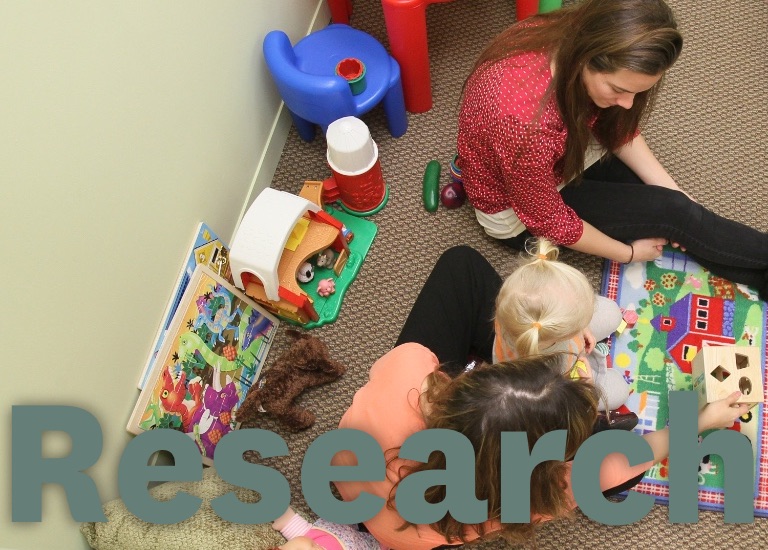A Smartphone Application to Improve Physical Activity in Underactive Older Adults
Principal Investigator: Stacey Schepens Niemiec PhD, OTR/L, DipACLM, LRC
Co-Investigator: Cheryl Vigen PhD ; Lon Schneider (Keck School of Medicine of USC)
Period
Sep 2017 – May 2022
Total funding
$844,572
Despite the health benefits of physical activity (PA), less than 10% of older adults meet national PA guidelines. Barriers to PA range from low self-efficacy and feeling “too old,” to limited social support. Health-related smartphone applications (apps), which are now being used to improve health behaviors, provide a promising approach to increase elder PA. However, few apps are scientifically evaluated or tailored for older adults.
Our team will develop, test, and optimize MovingUp—a multi-feature app suite designed to be paired with an activity-monitoring app and facilitate elders’ PA. This suite is distinct from generic fitness apps because it blends a set of specialized components that reflect empirically supported constructs from social cognitive theory (SCT) and stereotype embodiment theory (SET) with evidence-based behavior change techniques foundational to basic activity-tracking. Specialty features include: 1) implicit and explicit messaging that promotes positive views of aging, 2) sedentary activity monitoring with peer-generated suggestions, and 3) activity coaching. To date, no other app has offered a PA-promoting suite that has been optimized to address elder inactivity.
Study Aim 1 will be to assess the feasibility and acceptability of MovingUp. Three groups of 5 older adults (age 65–85 years) will be formed. A PA-tracking app and one of the three specialty features will be introduced to each group and tested by them for 2 weeks. Feasibility and acceptability will be determined by (a) analyzing usage patterns (b) examining participants’ evaluations of MovingUp’s components; and (c) identifying facilitators and barriers to app usage. We will review the data and integrate changes, upgrading the app for Aim 2.
The purpose of Aim 2 will be to conduct a pilot test to examine key performance characteristics of MovingUp’s specialty features, through application of the Multiphase Optimization Strategy (MOST). Using a factorial design—as warranted when adopting MOST—we will randomly assign 100 underactive (i.e., accumulate <150 minutes of moderate intensity activity/week) elders to one of eight conditions which reflect all possible combinations of presence vs. absence of the three respective specialty features in conjunction with a PA-tracking app. At the end of a four-month intervention period, for each specialty feature we will examine changes from baseline in objective and self-reported PA, sedentary time, and functional mobility. We will also test the association between app features and theoretically postulated mediating constructs from SCT and SET. In addition, we will document usage rates, sustained usage, and perceived usefulness in achieving PA goals for each MovingUp component.
For Aim 3, we will synthesize the array of resulting data to derive specifications for an optimized app suite. Insofar as the currently proposed study will facilitate development of an optimized app that can be made compatible with other existing products (e.g., Fitbit), findings will be translatable to other efforts in mHealth technology. This project will also help establish a methodological foundation for future attempts to enhance PA apps via the addition of theoretically based component features.
The R21 AG052838-02S1 supplement, awarded through NIH’s Alzheimer’s Disease and Related Dementias initiative, will build on the current NIA-funded R21 to assess the usability, feasibility, and acceptability of MovingUp — by adding a focus on older smartphone users with a diagnosis of MCI/mild dementia.
Funding
| Type | Source | Number | Amount |
|---|---|---|---|
| Federal | NIH / National Institute on Aging (NIA) | R21 AG052838-01A1 | $468,105 |
| Federal | NIH / NIA (Alzheimer’s Disease and Related Dementias Administrative Supplement) | R21 AG052838-02S1 | $376,467 |





